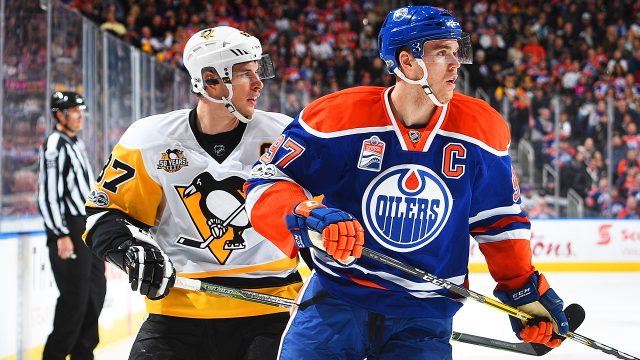
Following news of a tentative agreement between the NHL and NHLPA on a CBA extension and return to play plan, we’re just awaiting the results of a ratification vote from both the players and Board of Governors. It’s expected both will pass, putting us on track for Phase 3 training camps to open on Monday, and for games to resume in August.
It’s the kind of labour peace we’re unaccustomed to in the NHL, which has seen multiple work stoppages in the past 30 years over CBA talks. This agreement will run another six seasons and charts a course for how the league will recover financially from a COVID-19 interrupted season that is expected to have consequences for at least the next few seasons.
As a result, we know the cap will remain flat at $81.5 million next season and probably the one after. From there, it could gradually rise, though that will depend on how revenues recover.
It’s necessary to keep player escrow payments down, but this new deal is going to put some teams in an especially tight bind. Remember, prior to the pandemic, next season’s cap was expected to rise to at least $84 million.
The fact is this will pinch everyone’s purse strings to some degree, and change previously laid plans. However, some teams will immediately be in a tougher situation than others and faced with hard questions. Using CapFriendly as a guide, here are three teams that will feel it the most:
Even if this season hadn’t been interrupted and the cap rose a couple of million dollars this off-season, the Leafs still would have faced some tough decisions. Now things could get really interesting.
Toronto currently has $76.908 million committed to next year’s roster, and that’s without extensions for notable players such as Jason Spezza, Kyle Clifford, Travis Dermott and Ilya Mikheyev. Tyson Barrie and Cody Ceci, long shots to sign new deals before, are now all but certain to leave.
But as tough as this off-season will be for the Leafs, it sets up a potentially difficult conversation after 2020–21, too. That’s when Frederik Andersen will become a free agent. As reliable as he’s been, he’ll be 31 by then and you have to wonder how those negotiations will go considering these new factors.
Adding players on entry-level contracts will be key for the Leafs in the next little while, which should open opportunities for the likes of Nick Robertson, Timothy Liljegren, and many other prospects pushing up through the system.
If there’s good news here, it’s that the Lightning already have most of their impact players signed for the long term. Nikita Kucherov, Steven Stamkos, Andrei Vasilevskiy and Victor Hedman are all signed through at least the next four seasons. Brayden Point has another two left on his deal, and he’ll still be an RFA when it’s over.
But they’re not completely out of the woods.
With $76.1 million committed to next season’s roster, the Lightning have two other important contracts to deal with in the off-season: Anthony Cirelli and Mikhail Sergachev. Both are RFAs, but will be seeking healthy raises. Young defencemen, generally, get shorter-term extensions — that may have to hold true for Sergachev. But Cirelli, at 22 years old, has become Tampa’s most important penalty killer among forwards while seeing his offensive totals rise year over year. He alone could take up nearly all of the remaining cap space.
Making room won’t be easy because there are a number of players with no-trade and no-movement clauses on the roster. It is interesting, though, that Alex Killorn‘s situation changes from a full no-trade to a modified no-trade this off-season, in which he can submit a list of 16 teams to which he would not allow a move. The Lightning may have to explore those other 14 options.
[radioclip id=4929386]There’s almost no way the Blues don’t make an impact trade this off-season. With nearly all of their cap room already spoken for ($79.425 million to be exact), St. Louis has one important RFA deal to get done (Vince Dunn) and one massive pending UFA to extend: Alex Pietrangelo.
The team captain is a vital, all-situations part of what makes the Blues go, and he was setting up to be one of the most sought-after free agents this summer. It was always assumed the Blues would find a way to get business done, but the flat cap will make that much more difficult to accomplish.
Pietrangelo himself may have to change expectations. Is it wise, even considering the risk, to sign a shorter-term deal now and hope for a sunnier financial outlook league-wide in a few seasons? How much do his salary expectations need to change, if at all?
If Pietrangelo gets extended, there’s no getting around other roster moves. Will the Blues have to explore trades for the likes of Colton Parayko? How about Tyler Bozak or David Perron, who both have partial trade protection? The goalie trade market is never good, and will be less attractive now, but does backup Jake Allen‘s $4.35 million need to go (or at least a portion of it)? St. Louis has some tough calls ahead.





